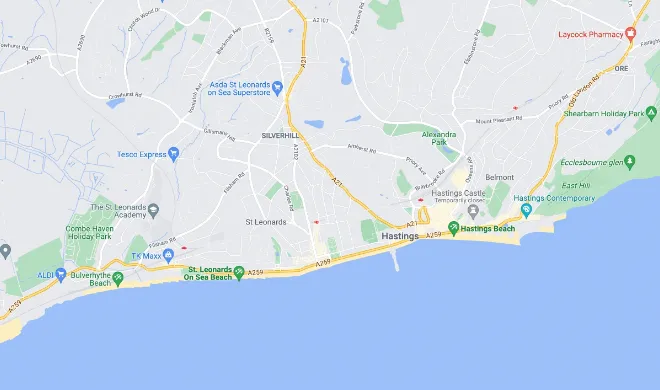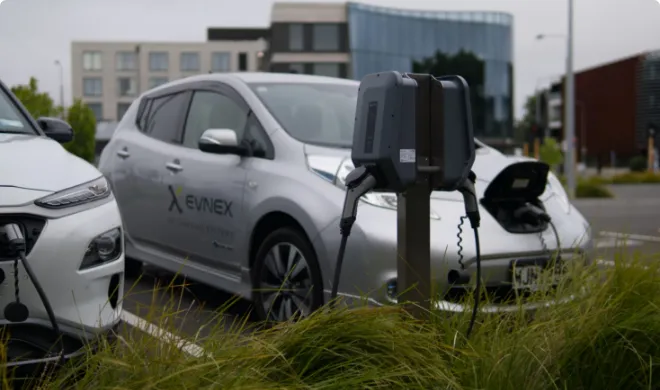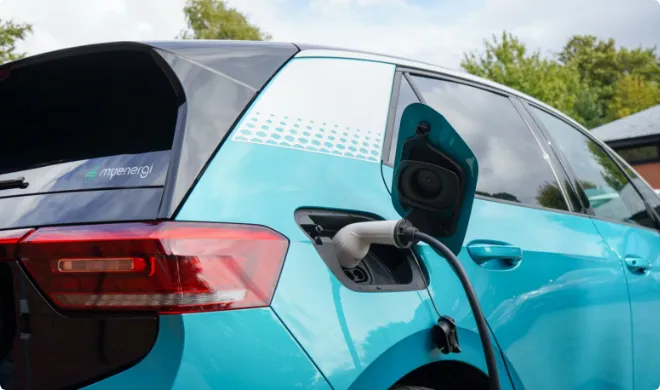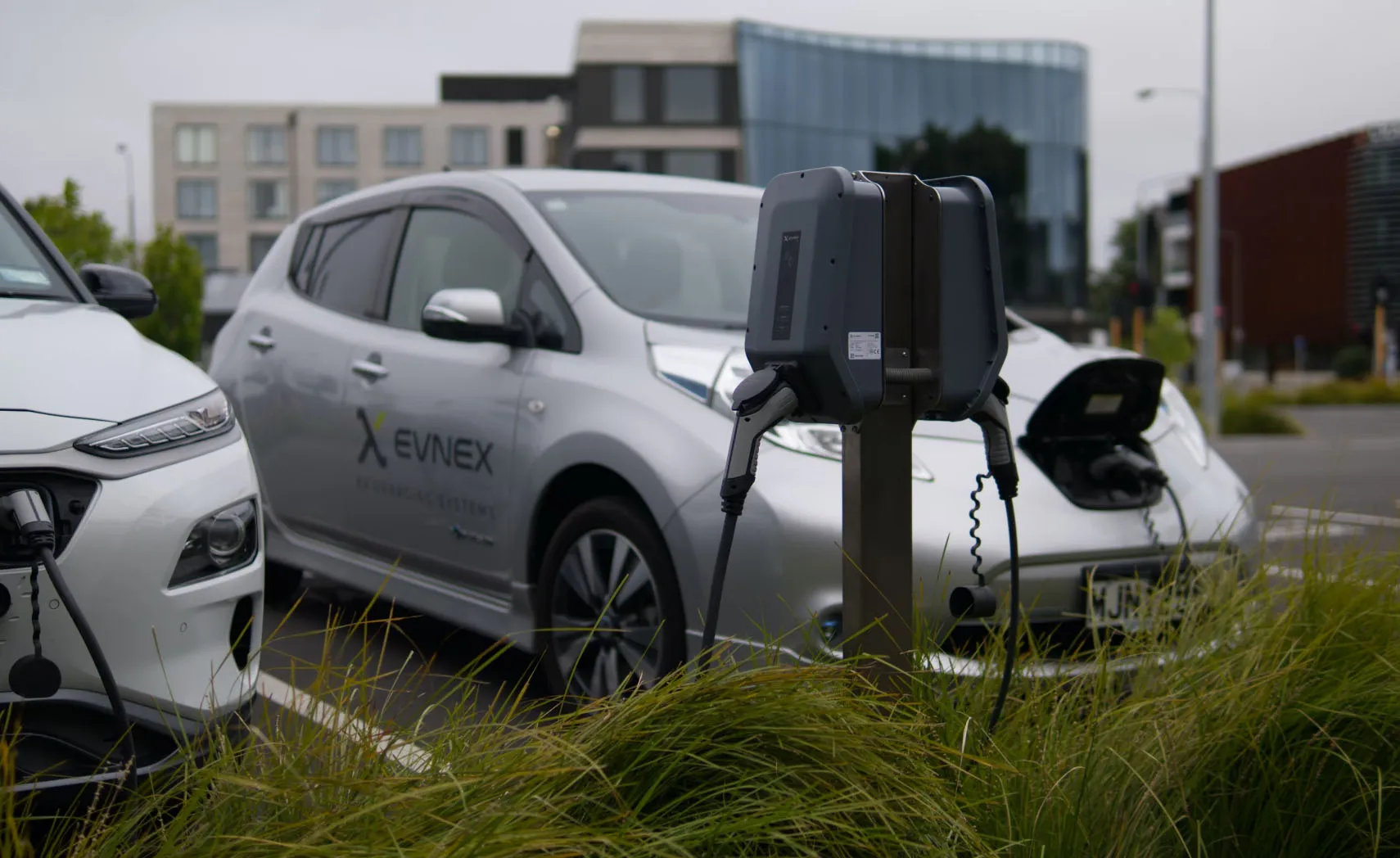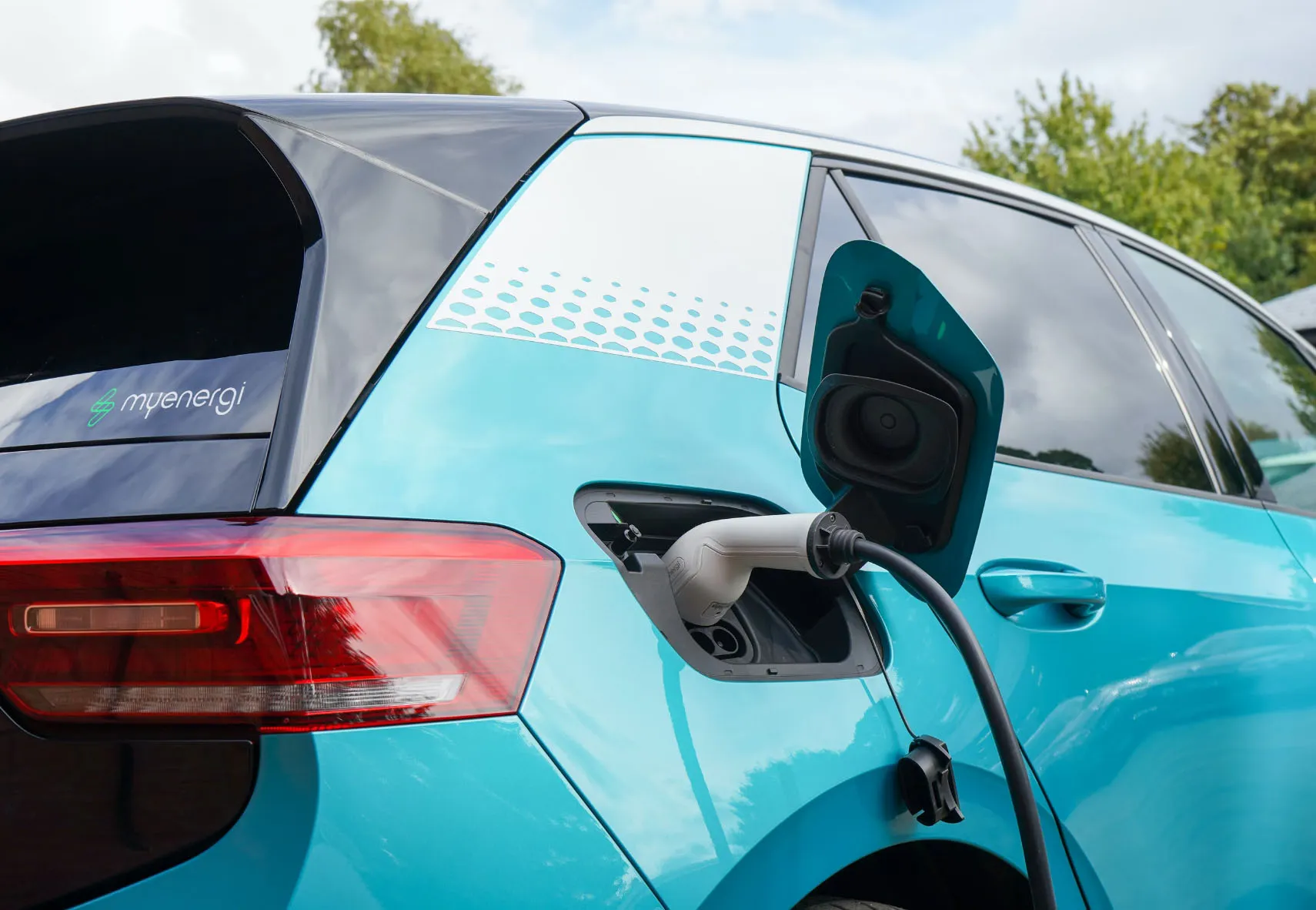-
Ultra Rapid 100kW+
-
Rapid 43kW+
-
Fast 7-22kW
-
Slow 3-6kW
Electric Car Charging Point Map
A statistical look at EV charging points in the UK
As EVs continue to rise in popularity, the need for charging points throughout the UK has skyrocketed. But how many of these are available to you? – and, more importantly, where are they? Let’s turn to the stats to find an answer to those questions.
The number of EV charging points in the UK is growing
As of 15th February 2022 there are a total of 24,417 charging points located throughout the UK. That represents as many as 31,184 chances for a driver to top up their vehicle, spread across 12,438 different locations.
In the last 30 days alone, their figures show a rise of 89 new points, which work out at an extra 117 possible new connectors throughout the country. This 30-day rise equates to an increase of 0.375% in the number of connectors and a 0.479% increase in the total number of charging points.
This is very much in keeping with the continued growth of the EV charging system since 2015. The government highlight that the number of public points has grown by 43% year-on-year since then, with the figures for the end of the final quarter showing:
And things are certainly far from done. With plans to ban the sale of new internal combustion engine (ICE) vehicles by 2030 (and plug-in hybrids by 2035), the government has set the ambitious target of introducing 145,000 new charging points every year from 2030 onwards.
When it comes to the market share of existing charging points, POD Point (UK) is currently the leading name, providing as many as 21.7% of all connectors in the country. The full breakdown of network providers is as follows:
| Provider | Charging Points |
|---|
Each network will offer different prices for their power, with some asking for a flat rate every time you top up, and others offering discounts dependent on you paying monthly fees to be a member. Make sure to check how each individual supplier charges their customers before you travel.
Rapid charging points across the UK
Not all charging points are created equal. You’ll find that throughout the UK there are a number of charging points which offer different speeds of top-up for your EV. These are broken down into four core categories:
Slow3-5kW
Fast7-22kW
Rapid25-99kW
Ultra-rapid100+kW
Pod Point provides what a rough breakdown of charging speed would equate to with each type of device, using a Tesla Model S as an example. They found it would take the following times to fully charge its 75kWh battery to a maximum distance of 238 miles:
Slow 3.1kW21 hours
Fast 7 - 22kW5 - 11 hours
Rapid 43 - 50kW2 hours
Ultra-rapid 150kWLess than an hour
Encouragingly for British motorists, the percentage breakdown of each of these types of devices at public charging points is heavily in favour of those which are in the “fast” or quicker bracket. Of the current 24,417 charging points in the UK:
Slow4,159 13.3%
Fast18,146 58.2%
Rapid7,242 23.2%
Ultra-rapid 1,637 5.2%
That means that at least 86.7% of all public points are categorised as being “fast” or better. By providing motorists with the ability to more rapidly charge their EVs, the infrastructure is being put in place to make an entirely electric future a more realistic ambition for British roads.
This is emphasised by the growth of ultra-rapid charge points in particular, which rose by 495 units at the end of 2021 when compared to 2020. Meanwhile, slow charging points would see just a 9 unit rise, fast points a healthy 1,174 total increase, and rapid points a step up by 750 in the same time period.
Check out our graph to see how charging units continue to rise as we head into 2022 and beyond.
Scroll to view »
| Year | Total Charging Points | Growth |
|---|---|---|
| 2011 | 888 | |
| 2012 | 1,453 | 565 |
| 2013 | 3,011 | 1,558 |
| 2014 | 3,942 | 931 |
| 2015 | 7,866 | 3,924 |
| 2016 | 10,277 | 2,411 |
| 2017 | 13,492 | 3,215 |
| 2018 | 17,461 | 3,969 |
| 2019 | 24,106 | 6,645 |
| 2020 | 28,578 | 4,472 |
| 2021 | 31,006 | 2,428 |
| 2022 | 31,184 | 154 |
And of the 8,879 points that are rapid or ultra-rapid, BP Pulse lead the way in network ownership, with the figures showing:
BP Pulse18.5% 1,630
The GeniePoint Network12.3% 1,089
Chargeplace Scotland11.5% 1,012
InstaVolt Ltd11.4% 1,011
Tesla Motors (Worldwide)7.6% 675
Electric Highway (UK)7.4% 656
Charge Your Car5.3% 469
Other networks25.9% 2,288
The race to provide customers with the greatest variety of rapid-access charging points could end up being a driving factor in meeting the government’s 2030 targets.
The spread of charging points across the UK
Understandably, given the versatile landscape of the UK, there are stark contrasts in the number of charging points found in different areas of the country. Perhaps to nobody’s surprise London has the most points, with a total of 8,726 (31.8% of all points in the country).
The total distribution for all charging points in each corner of the country is as follows:
| Location | Charging Points |
|---|---|
| Greater London | 5,006 |
| South East | 3,477 |
| Scotland | 3,274 |
| South West | 2,133 |
| West Midlands | 1,471 |
| North West | 1,802 |
| East of England | 1,956 |
| East Midlands | 1,670 |
| Yorkshire & the Humber | 1,329 |
| Wales | 798 |
| North East | 1,054 |
| Other Regions | 447 |
Despite the huge chunk of chargers found in London, when it comes to rapid charge points, the British capital isn’t leading the way. Rather it’s Scotland who provides the most per capita, with 19.4 rapid chargers for every 100,000 people. The full figures show:
Chargers every 100,000 citizens
19.4Scotland
17.2West Midlands
10.8Yorkshire and The Humber
10.5North East
10.5South East
10.5South West
9.4East Midlands
8.9London
7.3North West
6.8Eastern
6.1Wales
What’s interesting to note is how every region is seeing an increased growth in the number of total chargers available. London has seen the steepest rise, up 16.7% between quarter three and four of 2021.
The growth of electric and hybrid vehicles in the UK
With so many charging points being installed every year, it’s perhaps no surprise that the number of EVs on British roads is also drastically on the rise. Zap-Map statistics show that the number of plug-in (PHEV) and battery powered (BEV) vehicles have been increasing on British roads since 2014.
Zap-Map found that in the case of PHEVs there were:
And when it came to BEV, the rise was as follows:
The prevalence of EVs is such that in October of 2021 they held a 23.1% market share of all vehicles being registered in the UK. This represents a sharp rise from April of the same year, when EVs held just a total of 13.3% of the market.
Changing consumer attitudes towards EVs
One of the biggest turning points in the slow transition towards electrically powered vehicles is a shift in attitude amongst the Great British public. When drivers aged between 16 and 49 were polled about whether they’d make a move towards electric in the future, the results were mostly in favour of the switch:
In terms of age ranges, those aged 30-49 were most in favour of the swap. The breakdown of the “very likely” category highlighted how younger people are more in favour of this increasingly popular type of transportation:
When it came to why someone might be hesitant to swap to an EV, there were a host of reasons why some drivers were put off. Even in London, where EVs have been more readily adapted, there was cause for doubt. The main reasons cited were as follows:
While it’s obvious more people are beginning to adopt the sustainable approach of an EV, there are definitely still concerns which need to be addressed in order to convince everyone.
EV charging point FAQs
It’s only natural to be a little confused about the ins and outs of running an EV – especially if you’ve spent most of your life driving traditional petrol or diesel vehicles. Our answers to these FAQs should give you better clarity on charging and operating your car.
Where can I charge my car?
There are a variety of places somebody can choose to charge their EV. You can either find a public charging point, or top-up your vehicle using a point at home, or at a workplace. You can find the nearest public charging point to you by looking at the map above.
How do I charge my car?
Most EVs are charged using cables, which are plugged in from the charging point directly to your vehicle. Technology is being developed all the time to make the charging process even easier. That includes innovations like a self-charging motorway, and parking spaces which use ground-level sensors to connect to your vehicle.
How much does charging my EV cost?
This will vary greatly depending on the type of car you’re charging, whether you’re using a public or private charging point, and what network provider you’re drawing energy from. With so many factors to take into account, it’s tough to give a precise answer. What is known is that the average cost of EV charging is cheaper than refuelling an ICE vehicle – costing just 3.7p a mile for an EV, compared to 14.2p a mile.
How do I install an EV charging point at home?
You’ll need to head to the government website and find a registered charge point provider near you by entering your postcode. Once you locate an installer that works for you, it’s up to you to reach out and discuss where and when you want the charger to be added to your home. It may also be the case that you’ll need to upgrade your fuse in order for your existing connection to be suitable for the charging of an EV. There may be a cost involved in this.
Is there financial support for installing my charger?
The Electric Vehicle Homecharge Scheme gives those installing a charge point at a private residence a grant of up to 75% of the total cost (capped at a maximum of £350). You may be able to use the scheme twice if you have two qualifying vehicles. There are a number of requirements for being granted eligibility, so make sure to read the terms and conditions ahead of time. The scheme will remain open to all private homeowners until April 2022, at which point it will become exclusive to homeowners who live in flats, people in rental accommodation and landlords.
